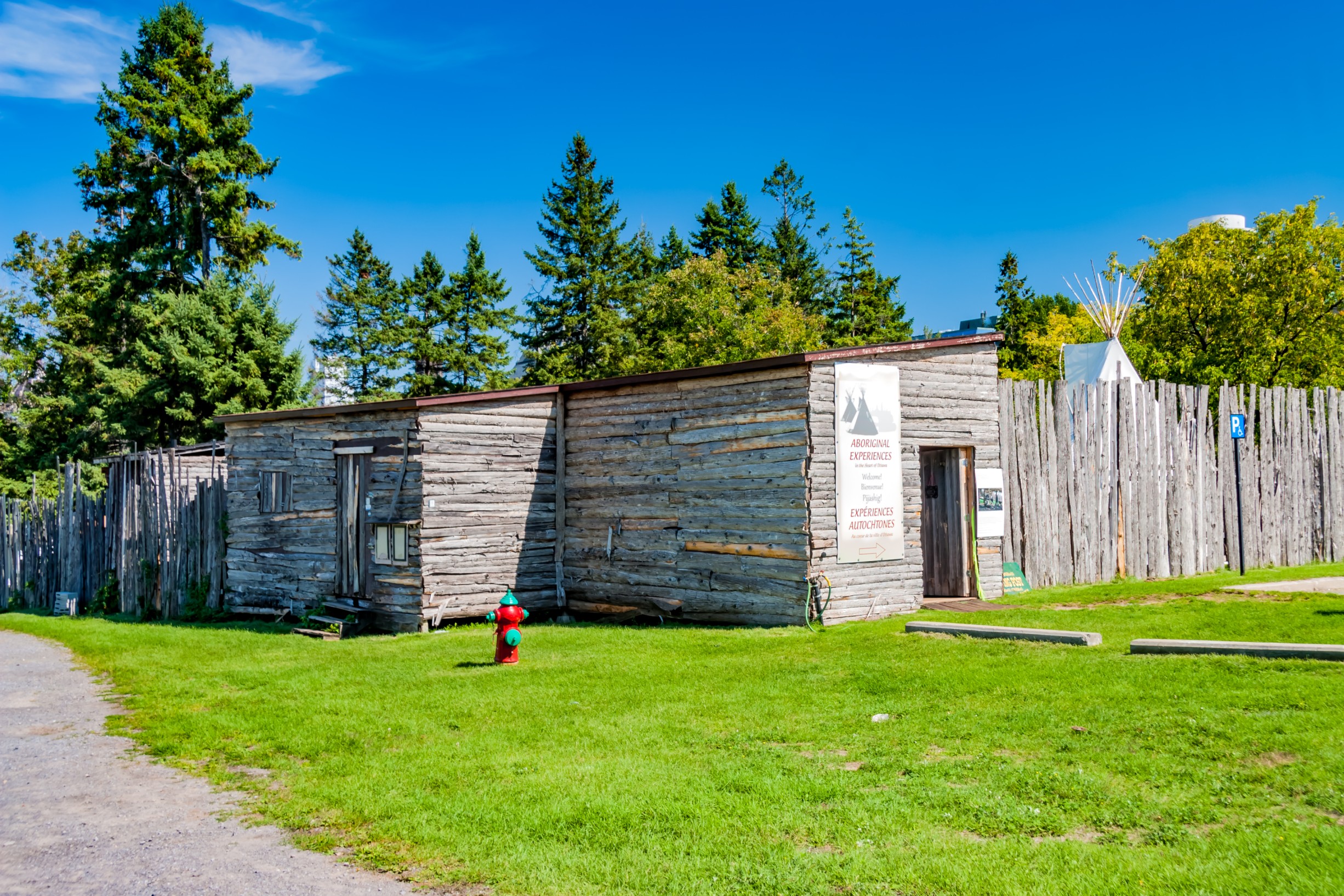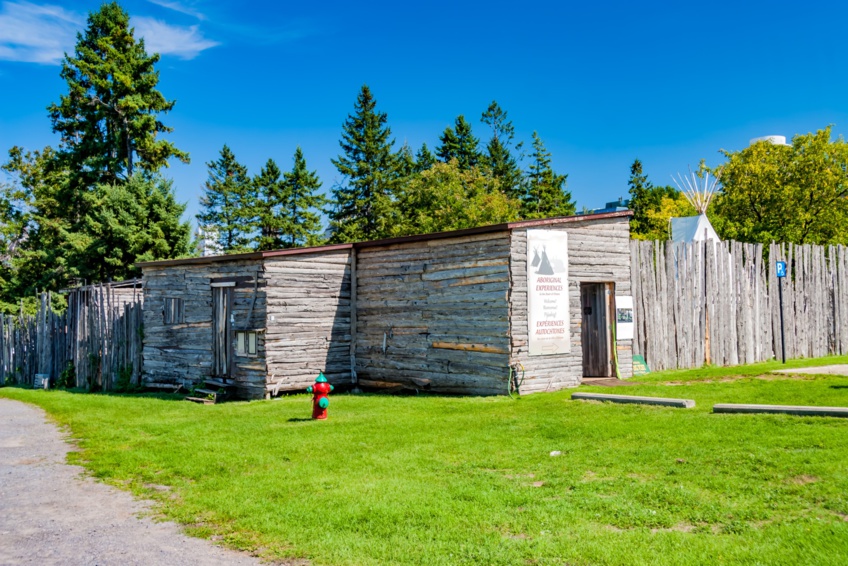Situated along Canada's Atlantic coast, Nova Scotia is a windswept province that forms a part of Mi’kma’ki, the traditional territories of the Mi’kmaq First Nations people. Recently, Nova Scotia has gained recognition as a promising hub for the clean energy transition, boasting some of the world's fastest offshore wind speeds and potential for hydrogen development.
However, discussions regarding the impact of energy development in the region often overlook Indigenous perspectives or remain inaccessible to those outside the energy industry. Globally, many vulnerable communities require assistance to actively participate in the energy transition. While climate technology minimizes impact and facilitates informed energy decisions, the crucial next step in ensuring a just transition is to democratize this information and make it accessible to communities.
The approach of integrating science and technology with Indigenous knowledge and community engagement, known as "two-eyed seeing," is essential in addressing climate challenges. In support of a just transition, IBM® collaborated with the nonprofit Net Zero Atlantic through the IBM Sustainability Accelerator to facilitate informed climate decision-making and empower Indigenous communities' participation in the clean energy transition in Atlantic Canada.
Adopting a user-first approach to climate technology, Net Zero Atlantic developed the open-source Atlantic Canada Energy System (ACES) Model. This powerful tool analyzes and forecasts energy generation and infrastructure development scenarios. However, these tools can often feel inaccessible to users due to the requirement of computing power and technical knowledge.
In response, the IBM Sustainability Accelerator and Net Zero Atlantic embarked on a mission to transform this complex resource into a user-friendly, accessible application. Their goal was to support the Mi’kmaq communities' involvement in energy planning and the transition to net zero. This user-first approach was implemented from the project's initial phase, known as the IBM Garage.
“It’s a very new way of looking at an energy system model, really looking at it from the user perspective,” says Sven Scholtysik, Director of Research at Net Zero Atlantic. “It’s usually the other way around. People try to create the most accurate and most advanced model possible—but there’s very little insight into how people use it and what motivates them to use it.”
The development of "ACES Lite" places a strong emphasis on ensuring users can easily navigate intricate graphs, geographical models, and data interpretations. This application prioritizes user experience, leveraging IBM technology such as hybrid cloud and IBM® Cognos® Analytics, in collaboration with volunteers from IBM Consulting® and others. Thanks to Net Zero Atlantic's enduring partnership with the Unama’ki Institute of Natural Resources in Cape Breton, Nova Scotia, ACES Lite underwent crucial interactive testing sessions with Mi’kmaq users. This testing generated valuable usability feedback, allowing for continuous refinement of the tool.
Lisa Young, Executive Director of the Unama’ki Institute of Natural Resources, emphasizes the institute's commitment to engaging the community and incorporating traditional knowledge into their scientific work. The development of ACES Lite was guided by the question of how the tool could inform community conversations about the energy transition and assist them in making informed decisions.
The project aligns with the concept of "two-eyed seeing," an approach articulated by Mi’kmaq Elder Dr. Albert Marshall. This approach involves combining the strengths of Western science and technology with Indigenous perspectives, knowledge, and wisdom to positively impact the environment. Collaboration with the community is crucial to successfully integrating Indigenous knowledge into the project.
Scholtysik, involved in the project with both IBM and the Unama’ki Institute of Natural Resources, highlights the value of collaboration. The expertise and enthusiasm of the IBM project team have been instrumental in the IBM Sustainability Accelerator. Other stakeholders, including the government of Nova Scotia, offshore wind groups, and academic and research teams, have also actively participated in the ideation and testing process, expressing excitement about the tool's potential applications across the province.
Looking ahead, IBM and Net Zero Atlantic plan to continue piloting ACES Lite with user groups in Cape Breton, exploring new innovations and additions. Community feedback has already identified areas for improvement, such as enhancing the visualization of land usage related to diverse clean energy technologies and incorporating a feature representing the economic impact of such projects. Scholtysik anticipates making the application public by the end of 2024 and envisions its potential deployment in other regions undergoing energy transition.
“Energy system models are an excellent tool for people to have at their fingertips,” says Scholtysik. “Models like ACES Lite can make it easier for people to strategically plan for a future energy system that is sustainable, reliable and affordable. But what we really need to do is assess the impact of energy system transitions from a community perspective, and I think ACES Lite marks a first step in that direction.”


 Empowering Energy Transition: ACES Lite – User-Friendly Tool Driven by Indigenous Knowledge and IBM Technology
Empowering Energy Transition: ACES Lite – User-Friendly Tool Driven by Indigenous Knowledge and IBM Technology





 Companies
Companies